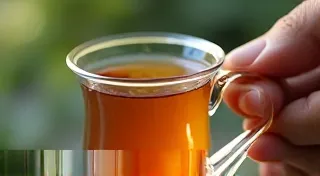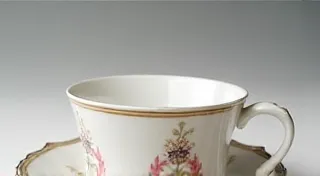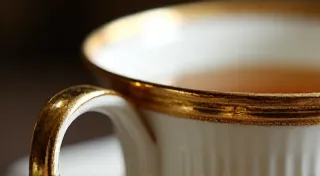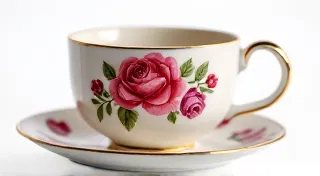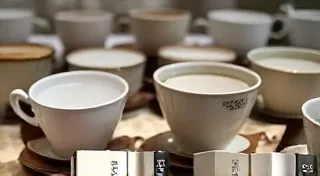Minton Tea Cups: A Legacy of Excellence
Minton china is synonymous with quality, artistry, and a rich history within the world of collectible china. Established in Stoke-on-Trent, England, in 1796 by Thomas Minton, the company quickly gained recognition for its innovative techniques and exquisite designs. Identifying genuine Minton tea cups can be a rewarding experience for collectors, but requires careful attention to detail. The allure of antique china lies not just in their beauty, but also in the fascinating history embedded within each piece – a history often intertwined with the rise and fall of specialized factories.
A History of Innovation
Thomas Minton initially focused on earthenware but rapidly transitioned to bone china, a material known for its delicate translucency and strength. Minton's innovations included the introduction of Coalport Rose and the use of transfer printing techniques that allowed for intricate designs to be applied to large production runs. The factory became a trendsetter, influencing other potteries across England and beyond. Throughout the 19th and 20th centuries, Minton created pieces for royalty and nobility, further cementing its reputation for exceptional craftsmanship. The impact of one factory's success ripples throughout the industry; it’s intriguing to consider how many smaller manufacturers may have thrived, or faded, based on trends set by Minton and its contemporaries.
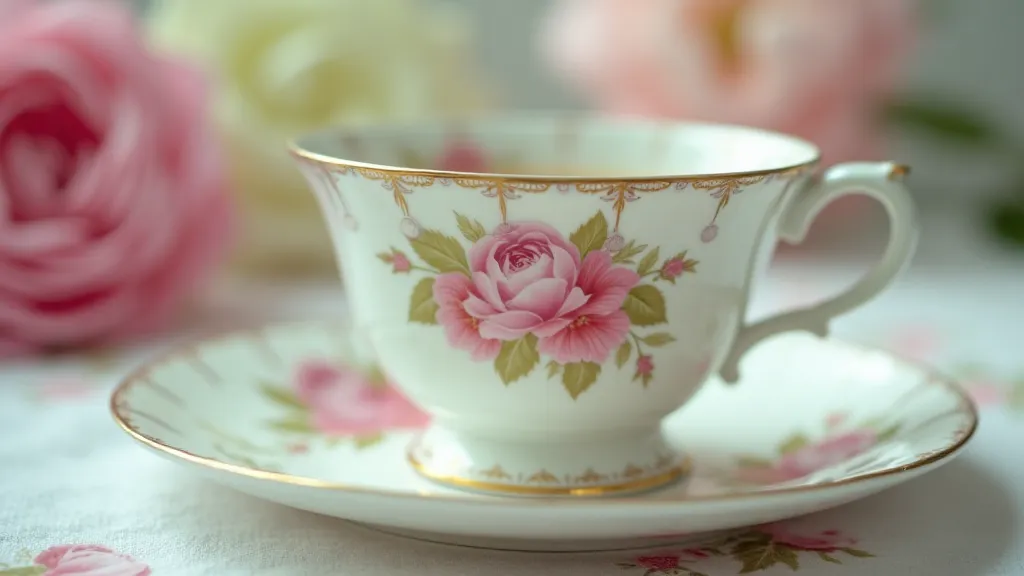
Identifying Marks: A Collector’s Guide
One of the most important aspects of identifying a Minton tea cup is understanding the evolution of their marks. Early pieces (pre-1870) often lacked marks or simply featured a printed "Minton" mark in a simple font. As the company developed, marks became more elaborate and incorporated backstamps, often indicating the factory location and date. The story each mark tells about the piece’s origin is a captivating element for serious collectors – and those seeking to understand the broader landscape of English pottery.
- Early Marks (Pre-1870): Minimalist, often just "Minton" printed in a basic font. These are generally quite valuable.
- 1870-1891: "Minton" with various iterations of the factory address (e.g., "Minton, Staffordshire Pottery").
- 1891-1911: "Minton" accompanied by a registration mark, signifying design protection.
- 1911-1962: "Minton England" with varied backstamp designs.
- 1962-Present: "Minton England" with various modern backstamp styles.
It's crucial to remember that marks can be faked, so always examine them closely under good lighting. The clarity and crispness of the mark can provide clues about its authenticity. Also, consider the style of the china itself – does it align with the known production period indicated by the mark? The process of authenticating antique china can be complex; sometimes, a seemingly straightforward mark can lead down a rabbit hole of uncertainty, with similar marks appearing on pieces from other manufacturers. For those encounters, exploring resources about lost and found marks, which cover uncommon tea cup manufacturers, can prove invaluable.
Distinctive Styles and Designs
Minton tea cups are celebrated for their wide range of styles and patterns. Here are a few notable examples:
- Willow: A classic and widely popular pattern featuring a pastoral scene often depicting a willow tree and a bridge.
- Secessionist: A stunning Art Nouveau style, known for its geometric patterns and stylized floral motifs.
- Pearl Ivory: A delicate ivory-colored china often embellished with hand-painted details.
- Marlowe: Featuring vibrant floral designs and often accented with gold.
The sheer variety of patterns developed by Minton throughout its history demonstrates an astonishing level of creativity and adaptability. Each pattern reflects the prevailing tastes of its time, and collectors often focus on specific periods or styles. Understanding the nuances of each design is a key element in identifying and appreciating Minton tea cups.
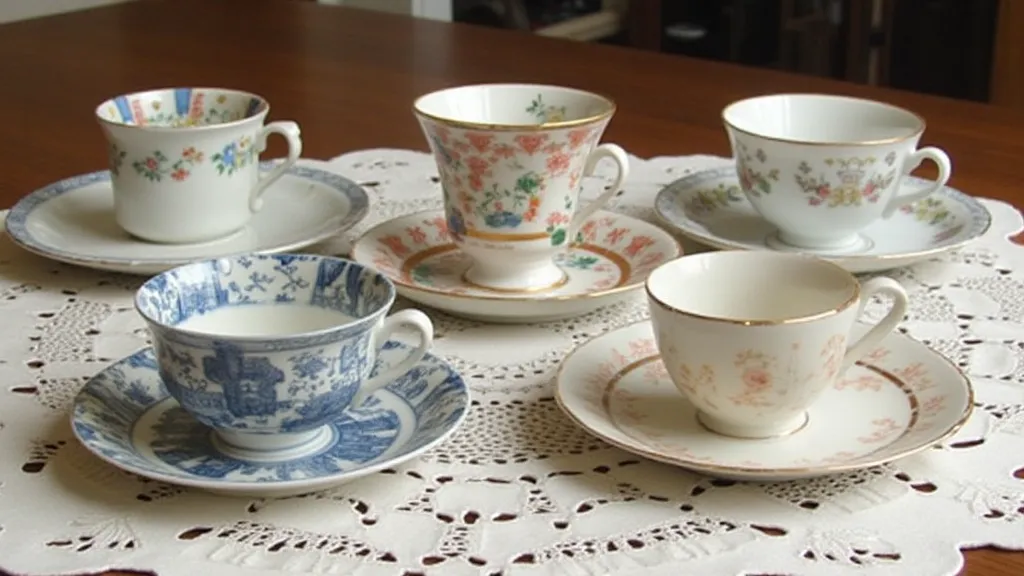
Assessing Condition and Value
The condition of a Minton tea cup significantly impacts its value. Look for chips, cracks, crazing (fine lines in the glaze), and repairs. While crazing is common in older china, excessive crazing can detract from the piece’s appeal. The rarer the pattern and the better the condition, the higher the value. Consulting with a reputable antique dealer or appraiser can help determine the worth of your Minton tea cup. Many factors influence value, and often, a piece’s provenance – its history of ownership – can significantly increase its desirability.
The fragility of antique china means that many pieces have suffered damage over the years. Knowing how to assess the extent of that damage, and its impact on value, is an important skill for collectors. Even seemingly minor imperfections can significantly lower a piece’s worth.
Resources for Further Research
Identifying and appreciating Minton tea cups is a lifelong pursuit. Here are a few avenues to explore for deeper knowledge:
- Books on Antique China: Numerous books detail the history and marks of Minton china.
- Online Forums & Collector Groups: Engage with other enthusiasts and share information.
- Auction Records: Review past auction sales to get a sense of market values.
- Deep Dive into Markings: If you find yourself struggling to decipher a particularly obscure mark, a detailed examination of identifying Shelley tea cups and their markings can be surprisingly helpful, as the evolution of markings across different potteries often reveals fascinating similarities and cross-influences.
The world of antique china collecting is vast and intricate, with endless opportunities for discovery and learning. There's a certain romance associated with tracing the origins of these objects and piecing together their histories. Understanding the factories, the designers, and the techniques involved is key to unlocking the full appreciation of these beautiful objects.

The story of Minton is not an isolated one; it’s interwoven with the narratives of countless other potteries, each contributing to the rich tapestry of English ceramics. Thinking about the forces that shaped these businesses—economic conditions, technological advancements, changing tastes—reveals a fascinating insight into a bygone era. Exploring the cartography of absence and mapping the lost factories of collectible china provides a broader context for understanding the significance of Minton’s contribution.
Ultimately, collecting Minton tea cups is more than just acquiring beautiful objects; it's about connecting with history, appreciating craftsmanship, and sharing a passion with fellow enthusiasts. The journey of discovery is just as rewarding as the destination itself.

